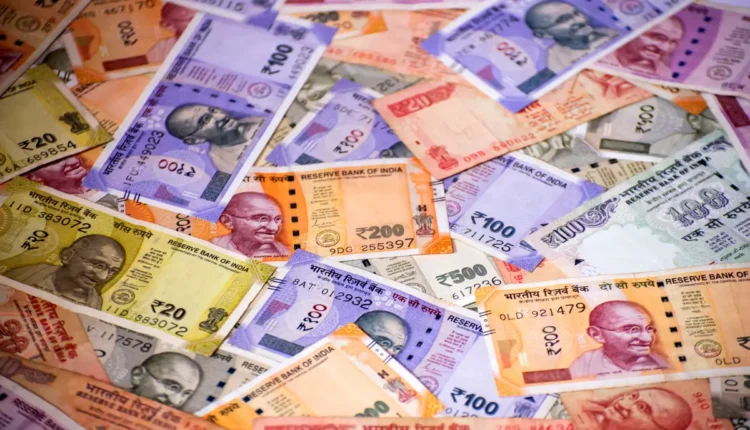In a remarkable turn of events, the Indian rupee opened stronger against the U.S. dollar on Wednesday, signalling positive shifts in the currency market. The local currency strengthened by four paise to open at Rs 83.22 against the U.S. dollar, a slight but significant improvement from its closing rate at Rs 83.26 on Tuesday, according to Bloomberg data.
The surge in the Indian rupee comes as a direct response to optimistic data emerging from China, which has also bolstered the Chinese yuan and most Asian peers. “The Indian rupee could start stronger this Wednesday morning as upbeat data from China supports the Chinese yuan and most Asian peers,” notes Reliance Securities in an Oct. 18 report.
Indian Rupee will Increase
The brokerage anticipated the Indian rupee to open in the range of Rs 83.20–83.21 against the dollar, compared with its previous session closing at Rs 83.2575. For the day, the brokerage expects the rupee to trade within the range of Rs 83.1500 and Rs 83.3300.
However, it’s essential to understand the wider economic context. “U.S. retail sales and industrial production data initially boosted the DXY, but the impact was short-lived. But US Treasury yields rose sharply, with higher yields across the curve offsetting the impact on the dollar.
Brent crude prices are once again slowing and moving higher,” explains Kunal Sodhani, vice president of Shinhan Bank (Global Trading Centre). For USDINR, Sodhani notes that Rs 83.10 will act as a support, while Rs 83.30 will be its immediate resistance, followed by Rs 83.50.
The Indian rupee has been engaged in a relatively stable pattern, trading within the tight range of 83.19 and 83.25 for about a month. The Reserve Bank of India (RBI) appears to be determined to prevent the rupee from falling below 83.30, contributing to this consistent trend.
On the other side of the equation, the dollar index has fluctuated within the range of $106.20 to $106.40. Notably, geopolitical tensions involving Israel and Gaza have added complexity to the foreign exchange market dynamics, as highlighted by Jateen Trivedi, vice president of research at LKP Securities.
“It’s important to keep a close watch on geopolitical developments and their potential impact on currency markets, as well as the continued involvement of the RBI in managing the rupee’s exchange rate. The rupee’s trading range is likely to persist, with a downside bias in the coming sessions,” Trivedi predicts.
Also Read : Trade Deal Uncertainty: Rishi Sunak’s India Visit in Limbo

